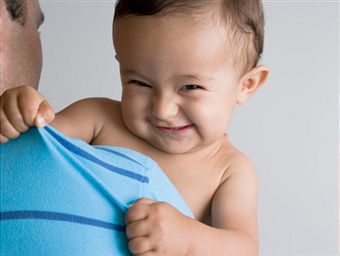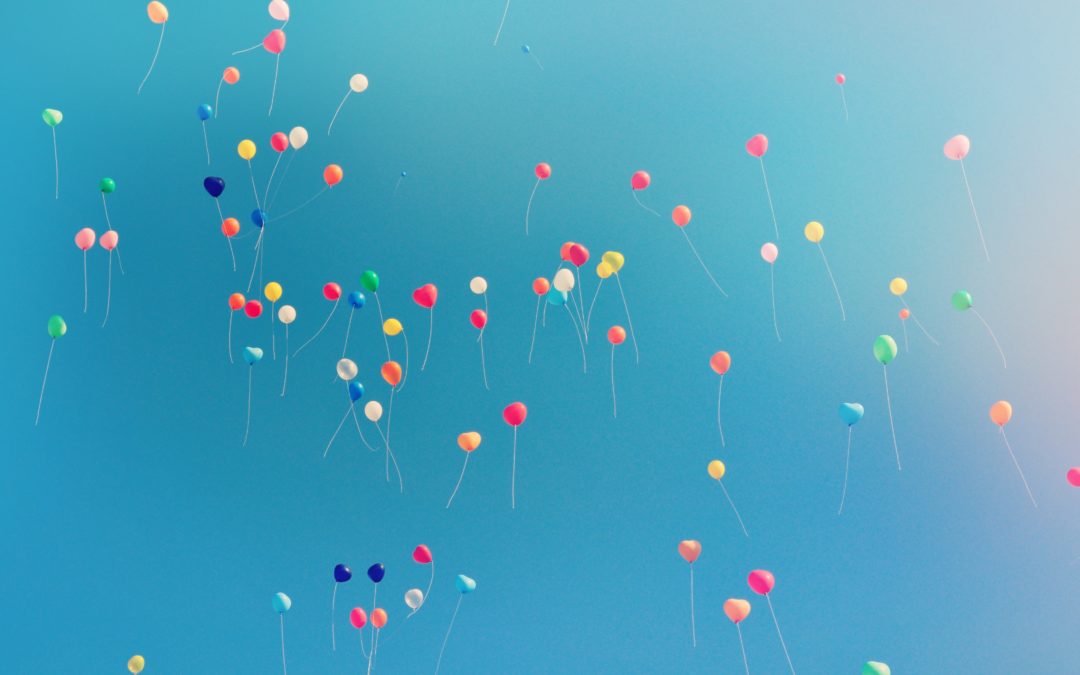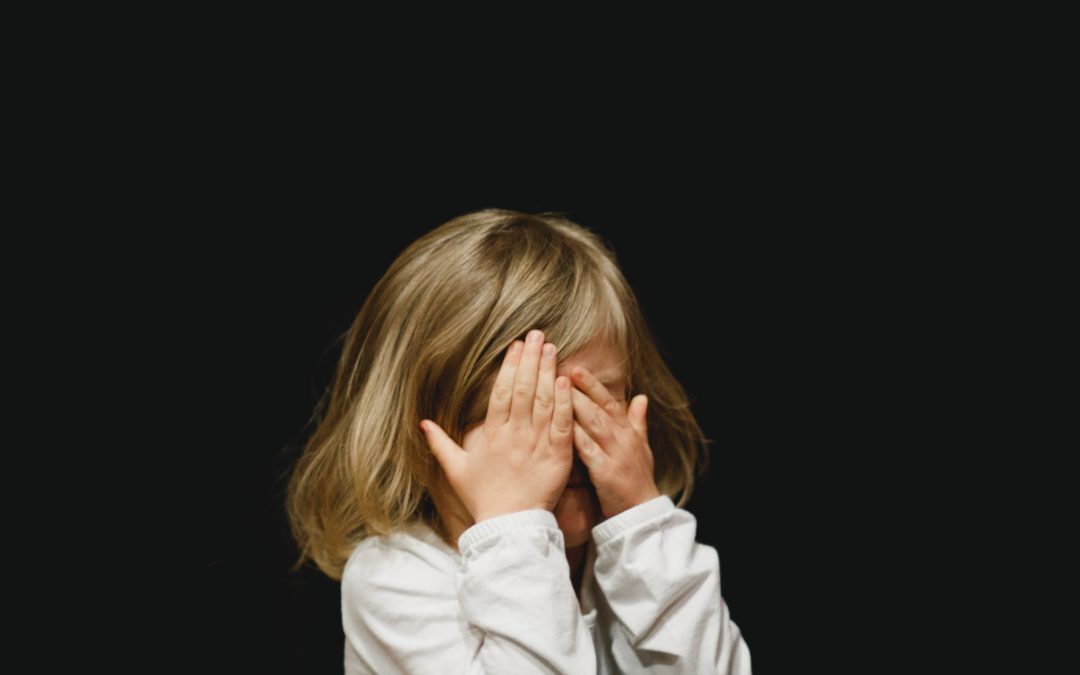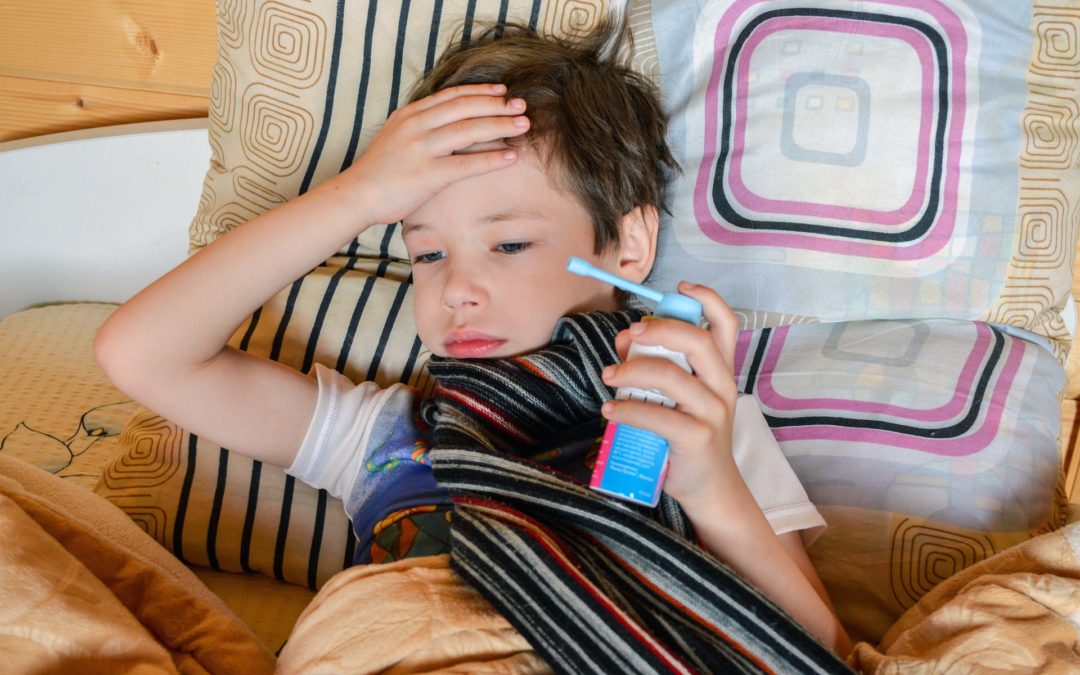
TODDLER-PROOF YOUR HOME
While you may feel strongly about not wrapping your child ‘in cotton wool’ and accept that bumps and bruises are part of growing up, it is still important to give them a safe environment to grow up in.
Once your baby starts crawling, they will be like a little tornado – rushing round the house and getting into everything they can reach. This makes them extremely vulnerable to accidents – and it’s up to you to prevent them.
Although we feel safest at home, in reality it’s where most accidents occur – that’s right – nearly half of all children who are taken to hospital after an accident, had their accident at home. And children are especially at risk – accidents are one of the biggest single killers of children in the UK. More children die every year because of accidents than illnesses such as meningitis and leukaemia.
In fact, statistics show that every year, over 67,000 kids experience an accident in the kitchen alone. Falling is one of the most common causes of childhood accidents and that six toddlers are admitted to hospital every day due to bad burns.
So what are the key dangers to look out for, and what can you do about them?
Burns and Scolds
Six toddlers are admitted to hospital every day because they have been badly burned. Babies and toddlers have much more delicate skin than adults, which can be burned far more easily.
While you might not think that you have anything around a child can burn themselves on, sometimes dangers are staring us right in the face. A hot drink of tea or coffee could be the most dangerous thing near to your child, as a hot drink can scald a baby.
Items like hair straighteners are in many homes and can be very dangerous. Your child can be burned if they touch them – as they get as hot as an iron does.
Remember too, both a hot drink and hair straighteners can still badly burn your child even 15 minutes after they have started to cool down.
Our Quick Safety Top tips:
Saucepans Turn handles inwards away from hands reaching up, and use the back rings of the hob.
Kettle cords Ensure they are to the back of the worktop, or use a kettle with a short or curly flex, so children can’t pull the kettle onto themselves.
Hot drinks Remember that a hot drink can burn even 15 minutes after it’s been made. So, keep them out of reach of children and avoid drinking or passing your cup over your child.
Microwaves can cause extreme hot spots in food and drinks – so avoid heating things for your children in them if possible.
Hair straighteners and irons do get really hot and can still burn a child for 15 minutes after they have been unplugged. Store them safely away from children at all times.
Staying with your child the whole of bath time means you can keep them safe – many scald accidents happen at this time of day, especially if a child gets into the bath too soon or play with the hot tap while they are in the tub.
Heaters and fires. Fire guards are crucial to stop children trying to touch, or even falling into them by accident.
Barbecues stay hot for a long time, even when all the food has gone. Keep children supervised and BBQs out of their reach.
Toys and small objects. Coins, buttons, small batteries, small parts from toys – keep small objects out of reach.
Other Specific Dangers to be Aware of:
Plug sockets
While you might get plug socket covers in many baby-proofing packs, some argue that it is actually more dangerous to use these than to leave the socket as it is. By law, all plug sockets must have safety shutters that prevent children accessing the live terminals. This means that there should be no need for socket covers – even if children do stick their fingers into plug sockets, they won’t be able to touch any live wires.
One of the benefits of using plus socket covers is that in some cases, socket covers could prevent children plugging in equipment that is otherwise dangerous – irons and hair straighteners, for example. However, if all potentially dangerous equipment is kept out of your children’s reach, then this is not a problem.
Indeed, Which? argue that some socket covers can actually make plug sockets more dangerous:
“Independent testing by Which? showed that all the plug socket covers on test would stay in place when inserted upside down, leaving the safety shutters open. With the shutters open, there is nothing to stop a child inserting objects directly into the live and neutral ports.”
Electrical Household Items
Unplug and put away any electrical items which you are no longer using. This prevents them getting re-plugged back in by your child.
Falls
Around 45 toddlers are taken into hospital each day because they’ve had a serious fall.
Think about where you put your baby. If you are changing them, doing this on a change mat on the floor will prevent any risk of them rolling off a table. If they are in a bouncer or other baby seat, always place these on the floor rather than a high surface, to prevent falls.
Highchairs and pushchairs should come with a five point harness to help prevent your baby falling out of the seat and make them much safer. Sometimes they can still escape these harnesses though, so to be safe, make sure you stay with them at all times.
Baby walkers. Older baby walkers sometimes tipped over during use, so if you do use a baby walker make sure it complies with British Standard BS EN 1273: 2005.
Clear the clutter. In areas which you or your toddler use a lot, clear clutter to prevent you or them falling when passing through.
Check table corners. You can get ‘soft’ corners to fit on tables, so they if they do fall, this helps prevent them getting hurt falling on sharp corners.
Stair safety. Children are drawn to stairs, so using safety gates is a good idea for keeping them safe from long falls. It is best to put one at the bottom of the stairs. You can also put one right at the top of the stairs, but this is often not the best place as it can cause adults to trip if they try to step over it! If you can, put one somewhere else that will help keep your child safe, across the landing, for instance, or the doorway of their bedroom.
Cot toys. If your child sleeps in a cot, when they begin climbing it is a good idea to take any big toys out of their cot so they can’t use them to climb and fall out in the process.
Windows and balconies. Toddlers can use furniture to climb up onto window sills, so then if the window is open there is a risk that they can fall or climb out. Consider fitting safety catches which will stop your windows from opening wider than 6.5 cm.
Anti-slip products. Children can fall in the bath or on slippery bathroom floors. Anti-slip stickers can be put on the floor or bath or you can use a bath mat.
Fire
Store matches and lighters out of reach in a high up cupboard, and remember to put them back there after use.
Smoke alarms. Having a working smoke alarm on each level of your home doubles your chances of getting you and your family out alive if a fire starts at night.
Fire guards. Use one of these for any open fire or for any heater that gets really hot, to stop your child from falling into or touch hot surfaces or flames. Sturdy ones which are attached to the wall are best so that they won’t move if your child falls on or pushes it.
Poisoning
Every day, 15 young children are admitted into hospital because it’s thought they’ve swallowed something poisonous.
The most common way for children to be poisoned is by swallowing medicines, like everyday painkillers, that might be kept in your bag or bedside cabinet. The best place to keep medicines is locked away or up high where your baby can’t come across them.
Toddlers like to copy what you do. Try to take your medicine when your toddler isn’t watching.
Detergent capsules, cleaning products and concentrated liquids under the kitchen or bathroom sink can harm children too – not just through accidental poisoning but also by being accidentally squirted into their eyes and causing damage. These need to be securely stored away – fit safety catches on any low cupboard doors and drawers and make sure bottle tops and lids are on properly.
When visiting friends or relatives, take a few moments to look out for any medicines or cleaning products lying around or accessible.
Small amounts of alcohol can be harmful to babies and toddlers, so always make sure to clear away any glasses with alcohol dregs.
Strangulation
Babies and toddlers are especially vulnerable to strangulation because, compared to adults, their heads weigh proportionately more than their bodies. In addition, their muscle control isn’t fully developed, which makes it harder for them to free themselves if they get tangled up. Also, their windpipes are smaller and less rigid than those of adults and older children, which means they suffocate far more quickly when their necks are constricted.
So what can you do to keep them safe?
Check the cot. Children can be strangled by looped cords hanging into their cot – such as a string from a bag, or a blind cord, or a ribbon trailing into the cot. If there are any toys in the cot, make sure they’ve got short ribbons, and take them out of the cot when your child goes to sleep. If there are cords nearby, like blind cords, make sure they are tied up high so that they cannot be reached by your child.
With dummy string. If your child has a dummy, the cord or string on the dummy can get looped around their neck. Although it can be frustrating to keep retrieving or losing dummies, having no dummy cord is safer than tying them to your child’s clothes.
Blind cords and chains. Most blinds are opened or closed with cords or chains. Toddlers and small children can put their head in these, or get caught up in them if they dangle down. The law now requires that new blinds must be “safe by design” or be supplied with the appropriate child safety devices installed, meaning that they would break under pressure or provide the facility to store cord(s) out of reach during use.
Drawstring bags. The loose loops and cords on these kinds of bags can also be a hazard for young children. Keep them well out of reach.
Drowning
Babies and toddlers drown silently and it can happen in as little as 5cm of water – this means that even rainwater collecting in a bucket can be a danger for a small child.
The majority of drownings involving two to three year olds happen in the home and garden, but it is also important to be cautious on holidays or days out. Airbeds or inflatable toys can be swept out to sea dangerously quickly, even when it looks calm. Young children also drown in swimming pools every year, usually when they wander away from their parents and fall in.
Stay with your baby the whole time they are in the bath. If you need to leave the room, get them out and take them with you. Even if there is an older sibling in the bath with them.
Remember that bath seats aren’t safety devices – do not leave your baby unattended in one.
Remember to empty the bath as soon as you’ve finished.
If you have a pond – fill it in, fence it off or securely cover it.
Empty your paddling pool after you’ve finished using it.
Suffocation
It takes just a few minutes for a baby to suffocate, and they are too weak to move themselves out of a position where they can’t breathe.
Safe sleeping places. Tiny babies need a good safe place to fall asleep. The safest place for babies to sleep is in a cot of their own in the same room as you. If you are choosing to sleep with your baby, then make sure you follow safe bedsharing advice, to keep your baby safe from suffocation dangers. Don’t put baby down on the sofa for a sleep, as the gaps and cushions in them can be a suffocation hazard.
Bedding. Tiny babies aren’t strong enough to push things off their faces, so they can sometimes suffocate if they become trapped under bedding. Put your baby ‘feet to foot’ in their cot (so their feet touch the end) which will help prevent them squirming down. Do not use duvets or quilts or pillows with babies under 12 months. Also, do not use cot bumpers in a cot, as a baby’s face can get caught beneath them.
Nappy sacks and plastic bags. Nappy sacks are very thin, so can easily cling to the face of a baby as it breathes in. Tragically, some small babies have been suffocated by nappy sacks left within their reach. So keep nappy sacks well out of reach of babies and toddlers.
Babies or toddlers putting plastic bags over their heads as part of play is also a danger. It is a good idea to also keep plastic bags out of reach, but you could also try tying a knot in them near the top, to prevent them from opening them.
Slings and babywearing. Babywearing is very safe most of the time, but tragically some young babies have suffocated in badly designed fabric baby ‘bag’ slings, which were worn too low down on a parents body with the baby hidden from view. The danger occurs when the baby is in a C-shaped position, with their chin on their chest, as this can restrict their breathing.
If you use a sling or other carrier for babywearing, follow the TICKS advice for safe babywearing:
Keep your baby Tight,
In view,
Close enough to kiss,
Keep their chin off their chest,
and Supported back.
E-Cigarettes
There is growing evidence that the liquid nicotine refills from e-cigarettes pose a significant poisoning risk to young children. Hospitals are reporting growing numbers of children accidentally swallowing liquid nicotine from e-cigarette refills.
Nicotine is highly toxic through ingestion, inhalation or skin contact, especially for young children. Ingestion of only a tiny amount can be fatal.
The Child Accident Prevention Trust advises anyone who uses e-cigarettes to keep the refills well out of reach and sight of babies, toddlers and small children. CAPT’s Chief Executive, Katrina Phillips, said:
“Babies put everything in their mouths – it’s how they explore the world around them. Toddlers are intensely curious – if you leave your bag on the floor, they’ll be in there like a shot. So remember to keep harmful things like e-cigarette refills where small children can’t find them.”
Button Batteries
Button batteries and lithium coin batteries are the small, round batteries you find in lots of toys and everyday objects. They can be extremely dangerous for children if swallowed – especially lithium coin batteries – and can kill within hours.
If a button battery, particularly a lithium coin battery, gets stuck in the throat or gullet, energy from the battery can make the body create caustic soda. This can burn a hole through the throat and lead to serious internal bleeding and death.
Lithium coin batteries are the most dangerous as the higher voltage means more energy is released, creating more caustic soda. The reaction can happen in as little as two hours.
All button batteries are also very dangerous if they get stuck in a child’s nose or ear, not just if they swallowed.
If you suspect your child has swallowed a button battery, act fast.
- Take them straight to the A&E department at your local hospital or dial 999 for an ambulance.
- Tell the doctor there that you think your child has swallowed a button battery.
- Do not let your child eat or drink
- Do not make them sick.
- Do not wait to see if any symptoms develop.








